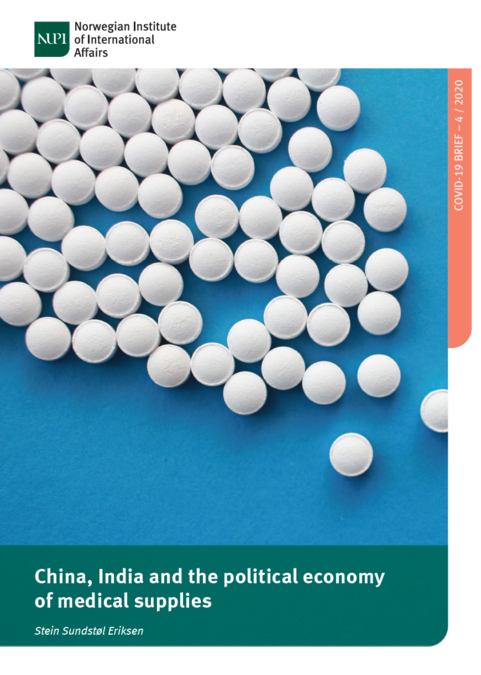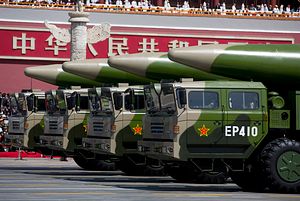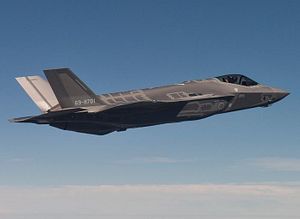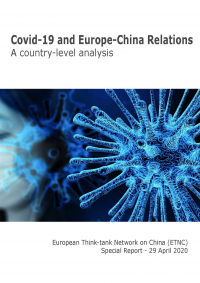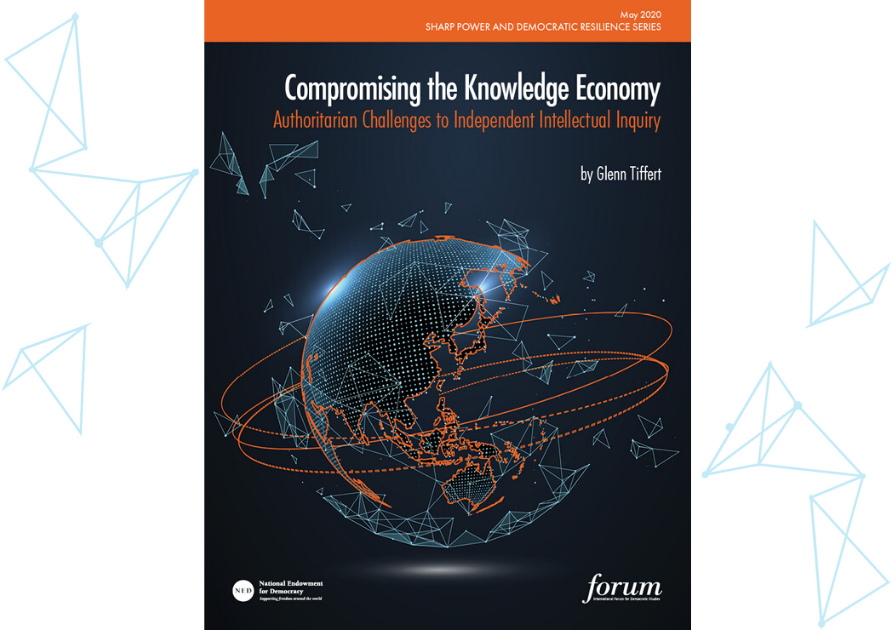This report examines Russia’s military and diplomatic campaign in Syria, the largest and most significant Russian out-of-area operation since the end of the Cold War. Russia’s experience in Syria will shape its military thinking, influence promotion and personnel decisions, impact research and development for its arms industry, and expand its influence in the Middle East and beyond for the foreseeable future. Yet despite the importance of Russia’s involvement in Syria—especially as the United States competes with countries such as Russia and China—there has been little systematic analysis of Russia’s campaign in Syria. This research aims to help fill the gap and provides some new analysis and data. It conducts a broad assessment of the Russian campaign—including political objectives, diplomatic initiatives, and civilian targeting—which places the military campaign in a wider context. In addition, it compiles a data set of Russia’s civilian targeting and analyzes satellite imagery of Russian activity.
Overall, this report concludes that Russia was relatively successful in achieving its main near-term political and military objectives in Syria, including preventing the collapse of the Assad regime (an important regional partner) and thwarting a possible U.S. attempt to overthrow Assad. Still, Russia used a systematic punishment campaign that involved attacks against civilian and humanitarian infrastructure in an attempt to deny resources—including food, fuel, and medical aid—to the opposition while simultaneously eroding the will of civilians to support opposition groups.
This report is made possible by support from the Diana Davis Spencer Foundation and the Sarah Scaife Foundation.
